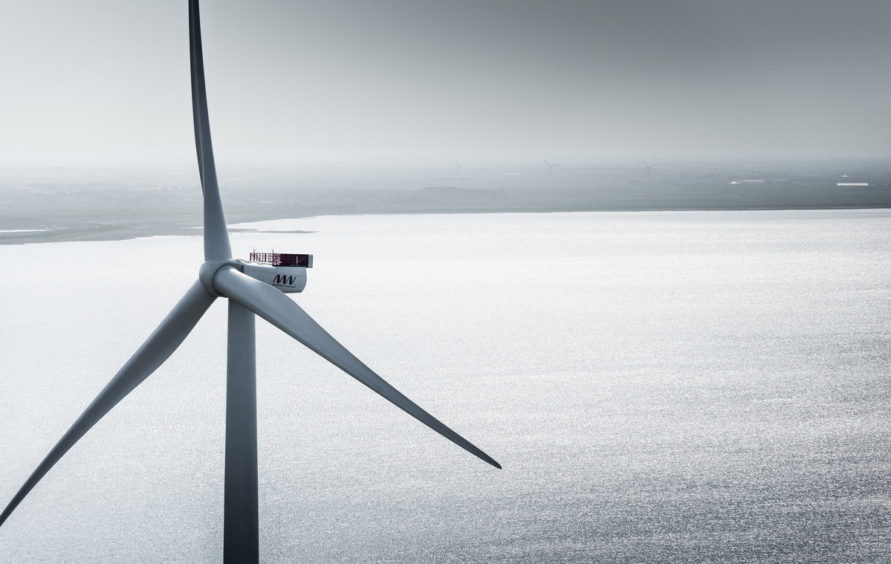
A new Baltic Sea wind farm that will power more than 1.5 million Polish homes is getting turbines made with greener steel that will cut their carbon footprint.
Denmark’s Vestas Wind Systems, the world’s largest turbine maker, is partnering with ArcelorMittal to use recycled steel to build towers that blades spin on. They’ll be first installed in the Baltic Power farm from next year and will curb emissions created along the supply chain by 66% compared with traditional models.
It’s one way to manufacture wind turbines in a cleaner way. While the power conventional turbines generate is green, building them can be a dirty process because they use energy intensive materials like steel and iron. And as governments and industries step up efforts to hit climate goals, the renewables sector itself is coming into the spotlight to become more sustainable.
“It’s a huge step forward,” Lisa Ekstrand, Vestas’s head of sustainability, said in an interview. “For a long time we’ve been zooming in on steel in particularly, because we have known since the beginning that it’s a key lever for the world to meet its climate commitments and to reduce emissions.”
More effort is going into cleaning up the start of a turbine’s life or finding new uses for it at the end. One startup — which Vestas has backed — is using timber to develop towers. Others are converting decommissioned blades made primarily from fiberglass into pedestrian bridges or park benches.
Greener steel
Vestas said the steel slabs it gets will be made from scrap at an ArcelorMittal mill in Belgium using an electric arc furnace — which requires less energy than making new steel from ore — and wind power. They’ll be turned into heavy plates in Spain, before reaching a Vestas factory in Europe.
The greener turbines will account for about two-thirds of the 76 that are set to be installed in the Baltic Power farm.
Using low-emission steel in the top two parts of an offshore tower would cut the total tower’s emissions by 25% — and even more for an onshore one as the steel can be used for the entire tower, according to Vestas. Though the turbines will take the same amount of time to be made as conventional ones, they’ll cost more, it said without elaborating.
Vestas raised prices in 2021 due to higher steel and transportation costs, and that helped feed into better profit margins amid a pickup in orders. In fact, signs of improvement have emerged for the broader industry, which had been beset by inflation, rising borrowing costs and supply chain disruptions.
The Danish company is also opening a Polish factory to produce blades taller than the Statue of Liberty, another indication that future demand should remain healthy. That should bode well for sales of greener turbines as well.
“Our expectation is that demand will increase,” Ekstrand said, without elaborating on any talks Vestas is having aside from the Baltic Power project, which is expected to start generating in 2026. “To continue to make investments into a product like this, it is key that there is the sufficient demand.”
Recommended for you
